Equipment
Mitsubishi unveils 2015 Diamana shaft lineup

Few graphite shaft makers can claim the success of Mitsubishi Rayon’s Diamana shafts, which have been used to win more than 100 events on golf’s major professional tours since 2004. That makes it a big deal when the company tests a new line of Diamana shafts, as it is doing this at the Quicken Loans National.
The most well-known of the company’s Diamana shafts are its original S-Series and D-Series models, known as a “Blue Boards” and “White Boards,” respectively, and they’re used by a staggering amount of the world’s best players.
Tiger Woods uses the original Blue Board shafts in his driver and fairway woods, while Gary Woodland plays the Diamana S+ Series shafts in his driver and fairway wood. Jordan Spieth, on the other hand, plays an original Blue Board shaft in his driver and a Diamana D+ Series shaft in his fairway wood.
The new models are the second-generation of the company’s Diamana +Plus Series that are played by Woodland and Spieth. They’re called the S+ and D+ Series, and use new technologies that make the shafts a viable option for everyone from the best golfers in the world to the weekend player.
The profiles of the first-generation and second-generation Diamana +Plus series shafts are similar, which means that they should produce close to the same launch and spin characteristics for most golfers. There are material differences between the shafts, however, which will make the second-generation shafts a better fit for many golfers.
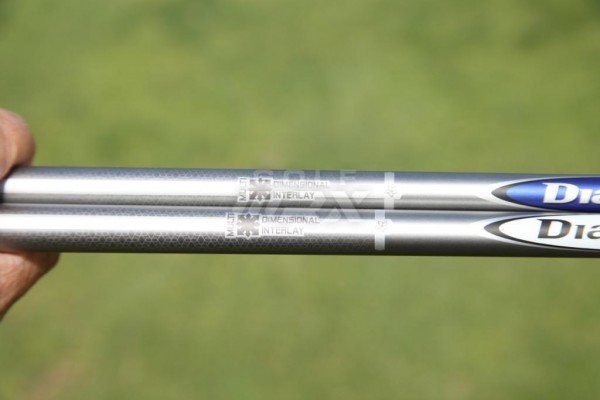
Mitsubishi Rayon’s second-generation Diamana +Plus Series shafts have a matte gray finish, making them a better fit for many of today’s colorful driver, fairway wood and hybrid heads. The first-generation Diamana S+ and D+ shafts had matte blue and black finishes, respectively.
The second-generation Diamana +Plus shafts expand the company’s Multi-Dimensional Interlay (M.D.I.) technology throughout the length of the shaft, where it was previously only used in the tip. That allows each shaft to be made about 3-to-4 grams lighter without affecting the shaft’s bend profile, said Mark Gunther, Mitsubishi Rayon’s vice president of sales and marketing. Unlike the original Diamana shafts, it also allows Mitsubish to tune the torque of each shaft to a specific flex, giving softer-flex shafts a little more torque and stiffer-flex shafts a little less torque.
What’s also new is that the the second-generation S+ Series shafts are counterbalanced, which means that they have a higher balance point that allows today’s heavier driver, fairway wood and hybrid heads to be played at a standard length or a longer-than-standard length without a drastic affect on swing weight.
The S+ Series shafts are slated to be released in more flexes and more weight options than ever before as well, with an emphasis on going lighter. Golfers will be able to get a 52-gram S+ Series (R and S flexes) for the first time, as well as more standard-weight options: a 62-gram model (R, S, X, TX), a 72-gram model (R, S, X, TX) and an 82-gram model (X, TX).
TX-flex shafts, which are available in each 62-gram, 72-gram and 82-gram shaft model, use special 46-ton carbon fiber materials that allow the shafts to be stiffer and have less torque than X-Flex shafts.
The D+ Series, which launches lower than the S+ Series, will also be available in a 52-gram model for the first time (R, S and X flexes), as well as a 62-gram model (S, X, TX), 72-gram model (S, X, TX) and 82-gram model (X, TX). It will not be as counterbalanced as the S+ Series shafts, however, because of its target audience. Golfers who tend to be a fit for the D+ Series often want their woods to have either a shorter length, heavier swing weight or both, which generally negates the benefits of a counterbalanced shaft.
Golfers looking for an aggressively counterweighted shaft from Mitsubishi Rayon will be pleased to hear that along with the company’s recently-released Fubuki J shafts, it will release a new Diamana M+ Series shaft, which is inspired by Mitsubishi’s original Diamana M-Series “Red Board” shaft. It’s the highest-launching of the three shafts and is expected to hit the PGA Tour for testing in October. It will be available in a 52-gram model (R, S), a 62-gram model (R, S, X, TX) and 72-gram model (R, S, X, TX).
Like the rest of the line, the M+ Series will be available in limited quantities this fall and will sell for about $300.
- LIKE79
- LEGIT20
- WOW10
- LOL8
- IDHT7
- FLOP7
- OB5
- SHANK15
Whats in the Bag
Kris Kim WITB 2024 (May)

- Kris Kim what’s in the bag accurate as of the CJ Cup Byron Nelson. More photos from the event here.
Driver: TaylorMade Qi10 (9 degrees @7)
Shaft: Mitsubishi Tensei 1K White 60 TX
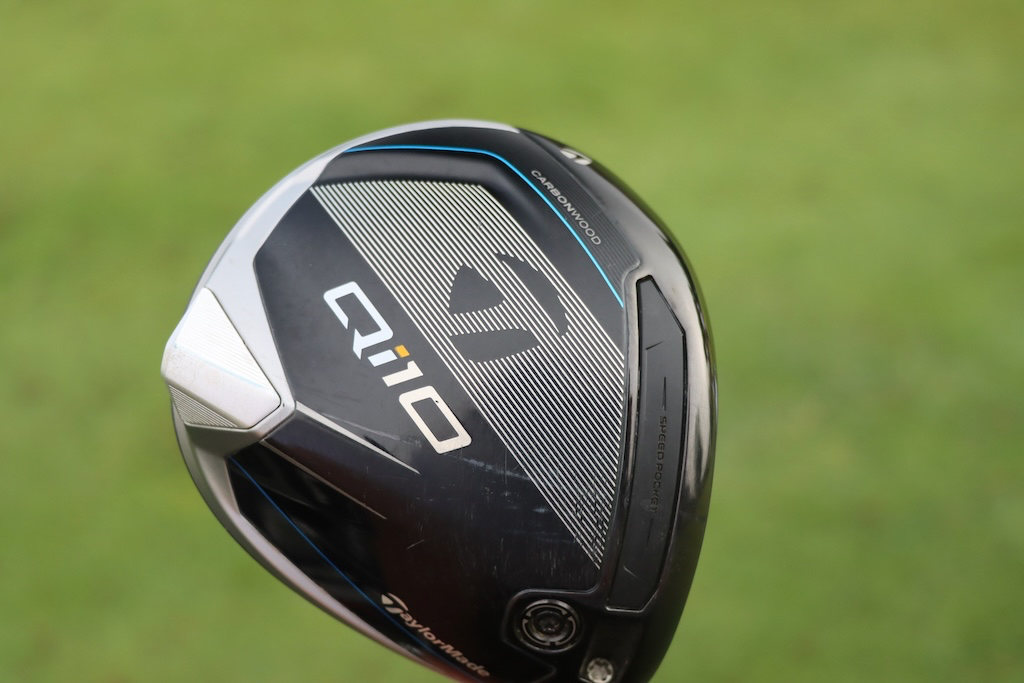

3-wood: TaylorMade Qi10 Tour (15 degrees @13.5)
Shaft: Mitsubishi Diamana WB 73 TX
Irons: TaylorMade P770 (2, 4), TaylorMade P7MB (5-PW)
Shafts: Mitsubishi Tensei 1K White 80 TX (2), Nippon N.S. Pro Modus3 Tour 120 X
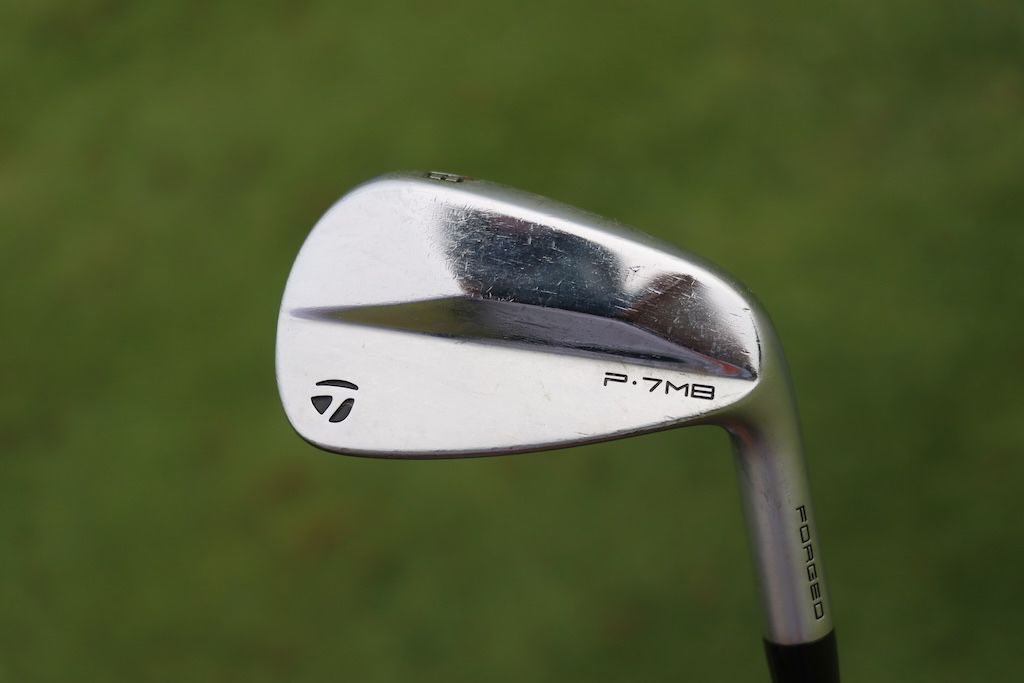

Wedges: TaylorMade MG4 (50-09SB, 56-12SB, 60-11TW)
Shafts: Nippon N.S. Pro Modus3 WV 125
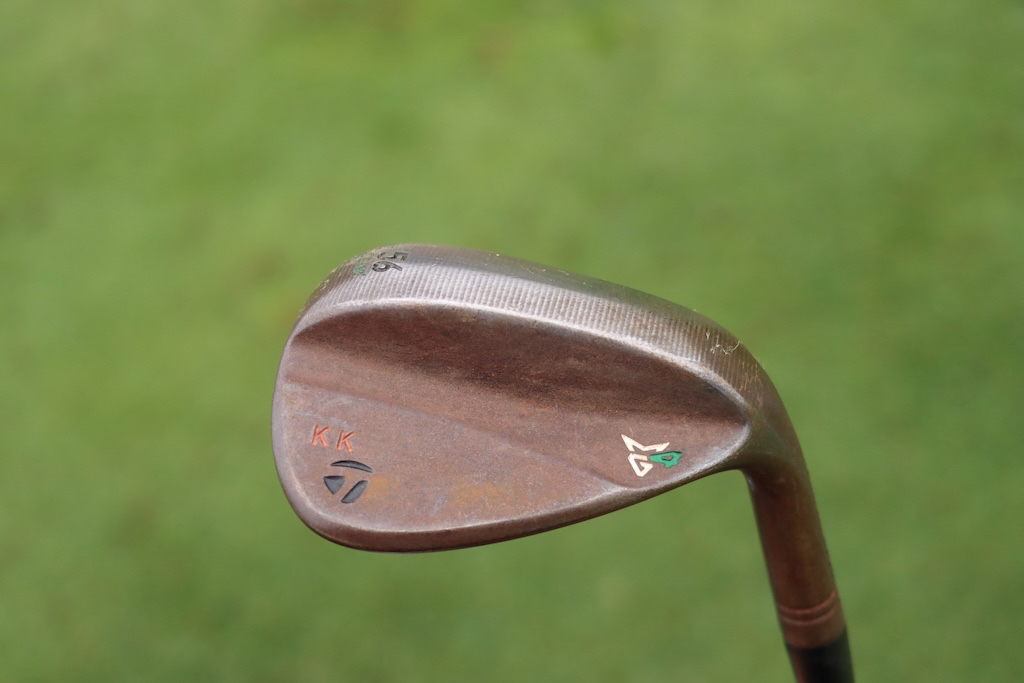

Putter: TaylorMade Spider Tour
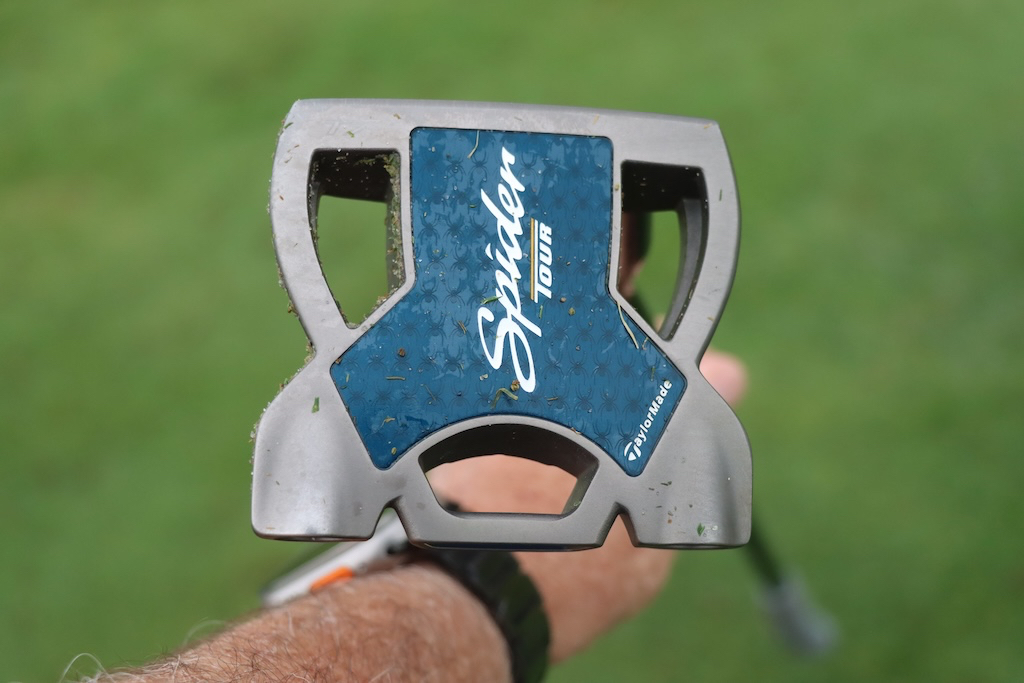
Grips: Golf Pride Tour Velvet Cord
Check out more in-hand photos of Kris Kim’s equipment here.
View this post on Instagram
- LIKE0
- LEGIT0
- WOW0
- LOL0
- IDHT0
- FLOP0
- OB0
- SHANK0
Equipment
Welcome to the family: TaylorMade launches PUDI and PDHY utility irons
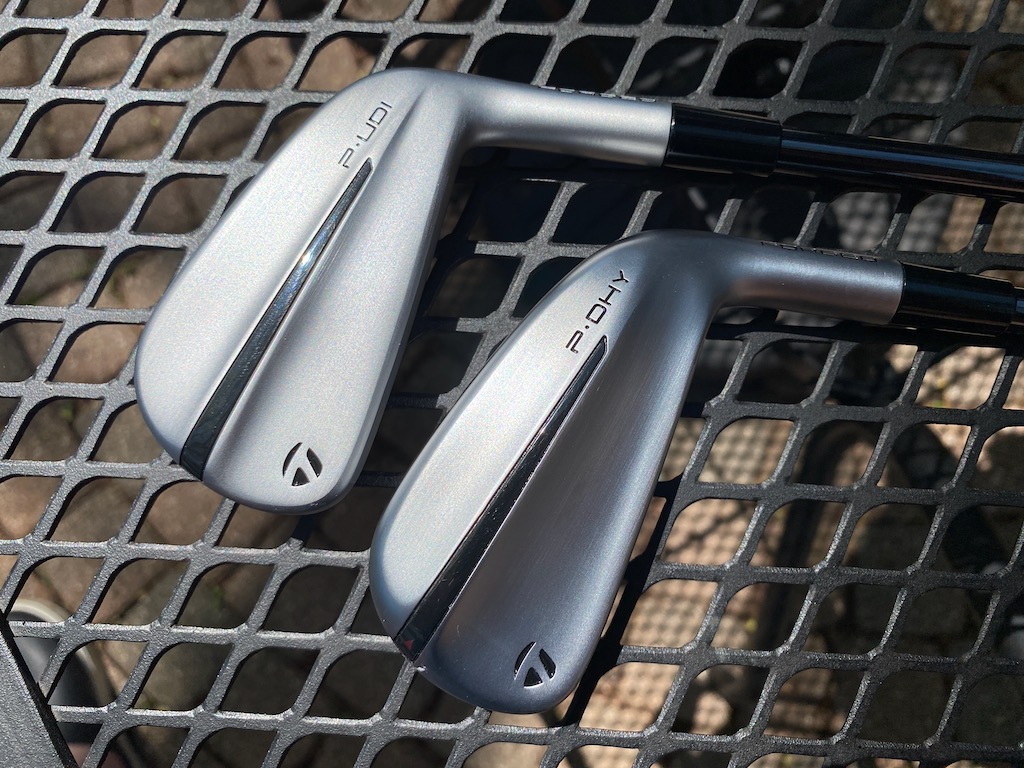
TaylorMade is continuing its UDI/DHY series with the successor to the Stealth UDI and DHY utility irons: PUDI and PDHY (which the company styles as P·UDI and P·DHY). TaylorMade is folding the designs in with its P Series of irons.
TaylorMade outlined the process of developing its new utilities this way. The company started with the data on utility iron usage. Not surprisingly, better players — i.e. those who generate more clubhead speed and strike the ball more precisely — were found to gravitate toward the UDI model. DHY usage, however, covered a wider swath than the company might have expected with six-to-18 handicappers found to be bagging the club.
TaylorMade also found that the majority of golfers playing UDI or DHY utilities were playing P Series irons at the top of their iron configurations.
Can you see where this is going?
Matt Bovee, Director of Product Creation, Iron and Wedge at TaylorMade: “As we look to the future, beyond the tech and the design language, we are excited about repositioning our utility irons into the P·Series family. P·UDI is an easy pair for players that currently play P·Series product and P·DHY is an extremely forgiving option for players of all skill levels. It is a natural fit to give these players the performance in this category that they are looking for.”
View this post on Instagram
TaylorMade PUDI
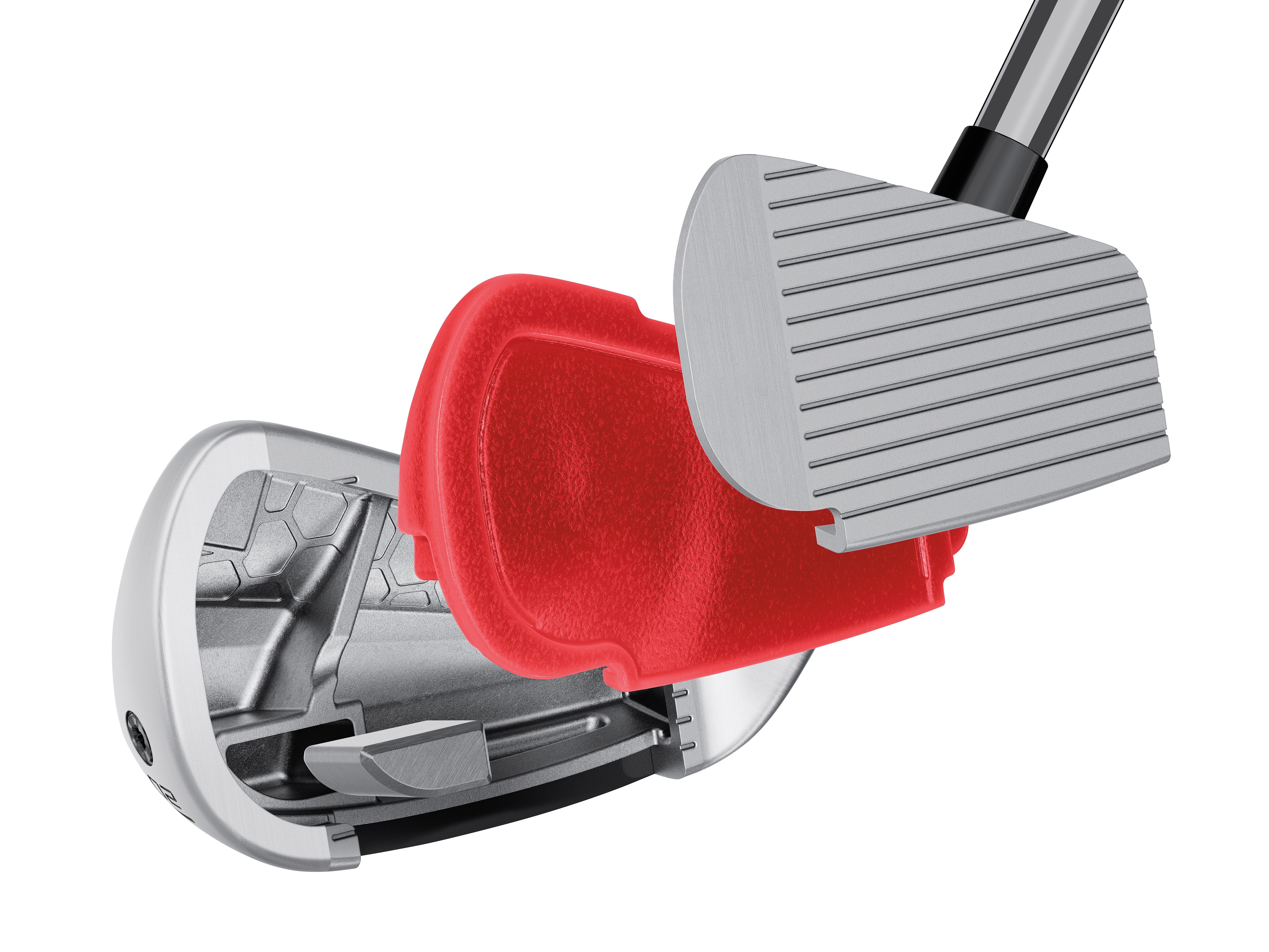
TaylorMade PUDI technology cutaway (via TaylorMade)
Crafted with tour player input, TaylorMade sought to develop a confidence-inspiring utility iron that blends with the rest of the P Series irons. Also of note: Interestingly, the PUDI has a more compact head than the P790.
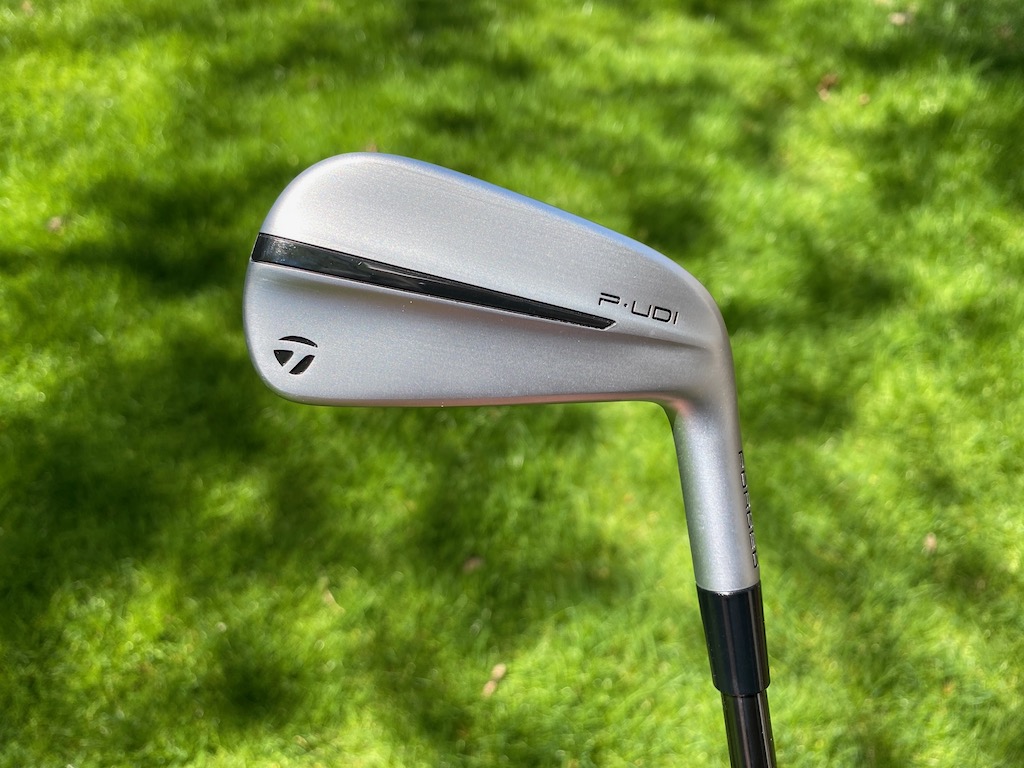
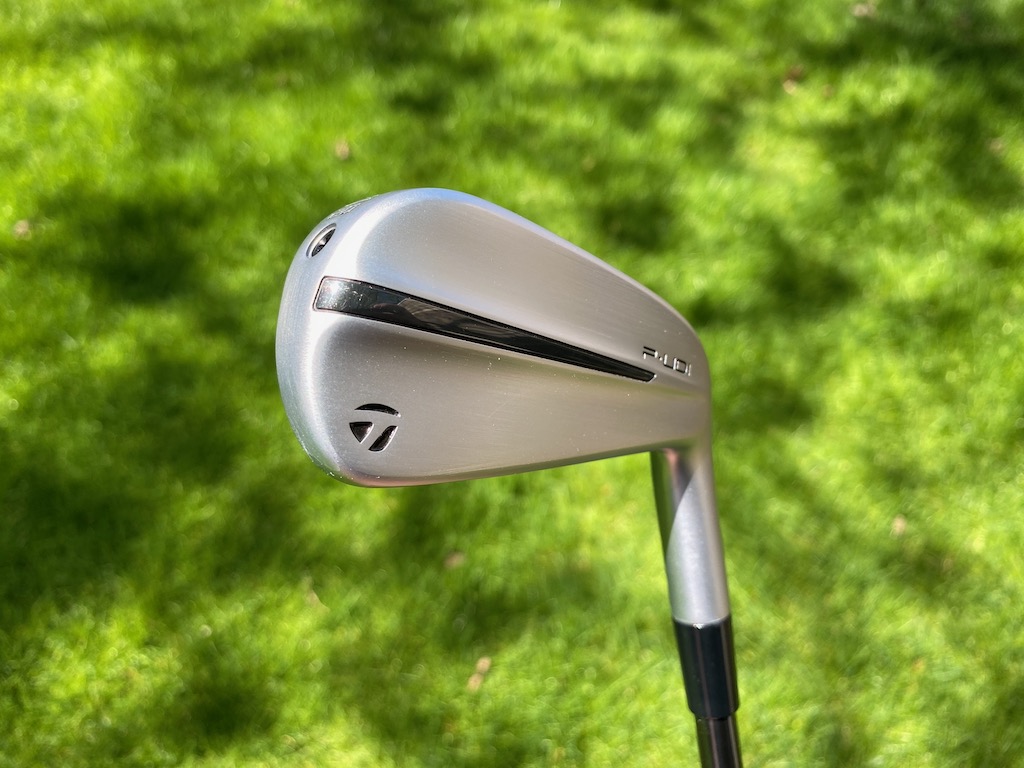
In comparison to past UDI products, the PUDI has a more traditional iron shape, slimmer toplines, and less offset with a little of the backbar visible at address.
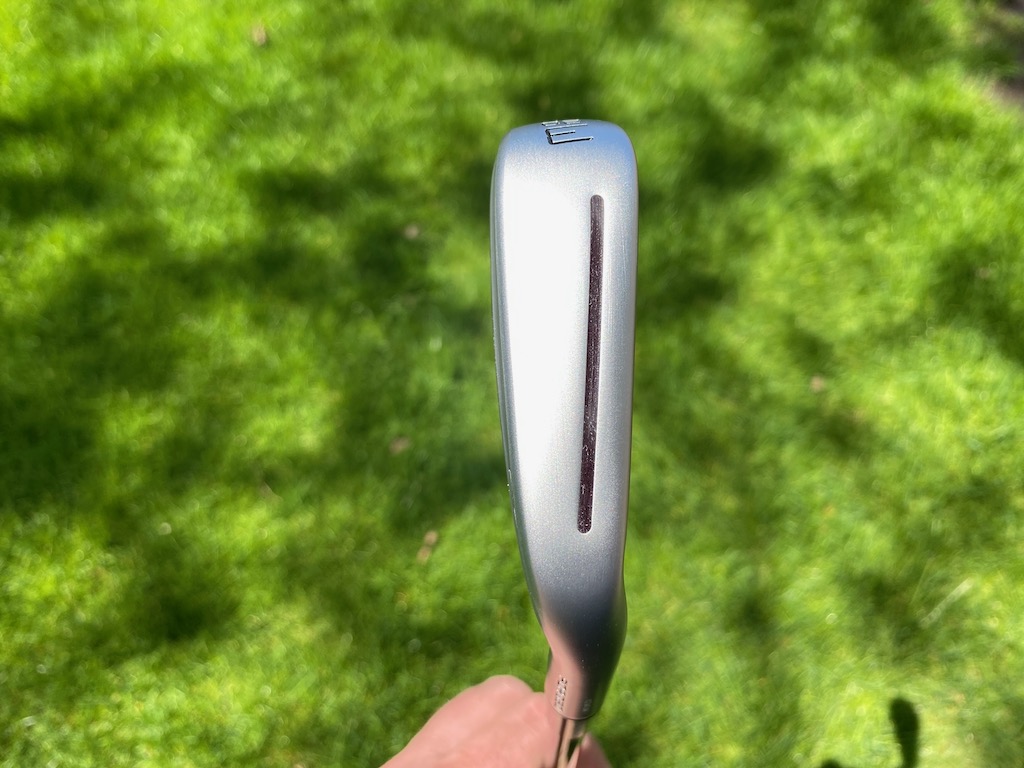

TaylorMade PDHY
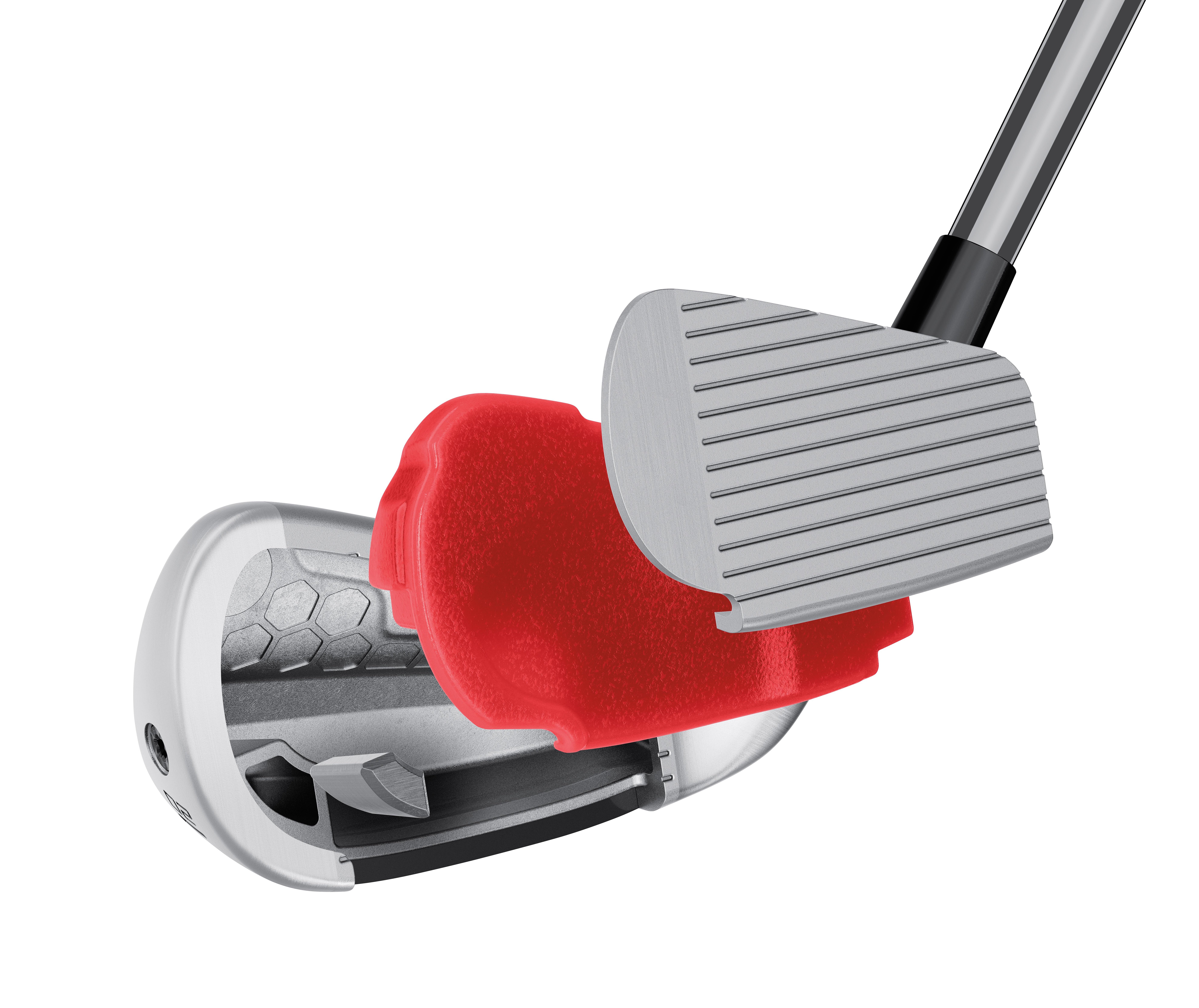
TaylorMade PDHY tech cutaway (via TaylorMade).
Larger in profile than the PUDI, the PDHY seeks to position center of gravity (CG) lower in the club for ease of launch. The toe height is larger and the profile is larger at address — roughly five millimeters longer than PUDI — the sole of the club is wider for improved forgiveness.
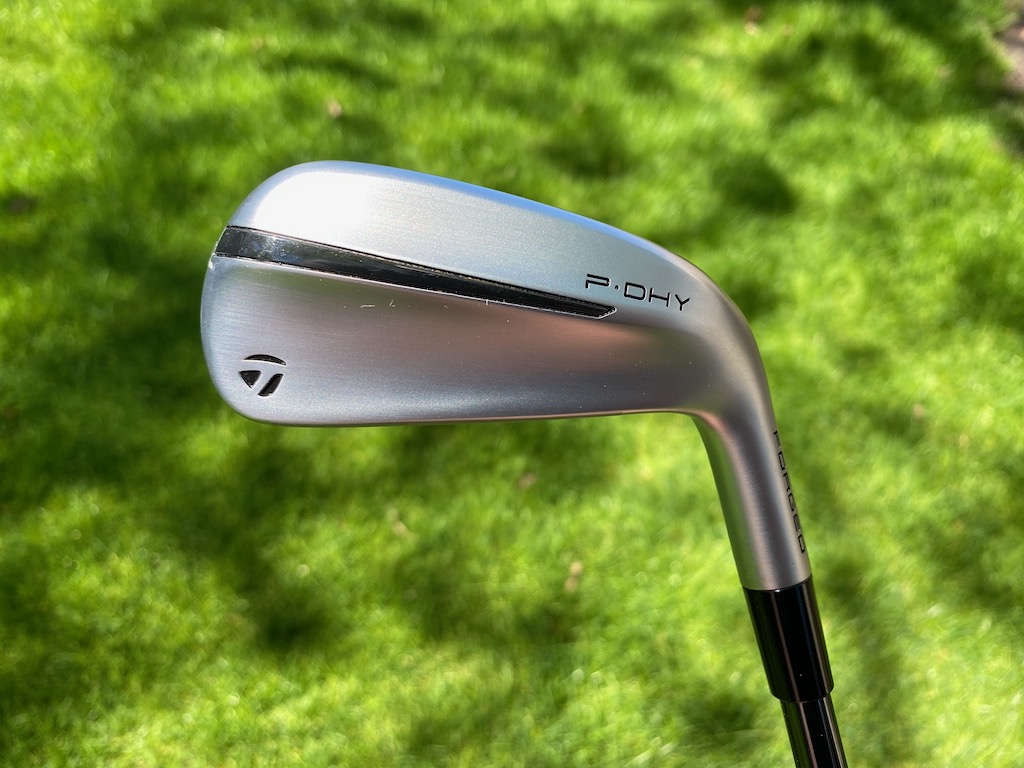



Club Junkie’s take
Golfers who feel like they are missing something at the top of the bag could find the PUDI or PDHY a great option. The look of the PUDI should fit the most discerning eye with a more compact look, less offset, and a thinner topline. If you want a little more confidence looking down the P-DHY will be slightly larger while still being a good-looking utility iron.
For being small packages both models pack a pretty good punch with fast ball speeds, even off-center. The feel is soft and you get a solid feel of the ball compressing off the face when you strike it well. Your ears are greeted with a nice heavy thud as the ball and club come together. The PDHY will launch a little higher for players who need it while the PUDI offers a more penetrating ball flight. Both utility irons could be the cure for an open spot in the top end of the bag.
PUDI, PDHY, or Rescue?
TaylorMade offers the following notes to assist golfers in filling out their bags:
- PUDI has mid-CG right behind the center face to create a more penetrating mid-to-low ball flight
- PDHY has a lower center of gravity to produce an easier-to-launch mid-to-high ball flight.
- Both PUDI and PDHY are lower-flying than the company’s hybrid/Rescue clubs.
- PUDI is more forgiving than P790.
- PDHY is the most forgiving iron in the entire TaylorMade iron family
Pricing, specs, and availability
Price: $249.99
At retail: Now
Stock shafts: UST Mamiya’s Recoil DART (105 X, 90 S and 75 R – only in PDHY)
Stock grip: Golf Pride’s ZGrip (black/grey)
PUDI lofts: 2-17°, 3-20°, 4-22° in both left and right-handed
PDHY lofts: 2-18°, 3-20° and 4-22° in both left and right-handed
- LIKE11
- LEGIT2
- WOW1
- LOL1
- IDHT0
- FLOP0
- OB0
- SHANK0
Equipment
Coolest thing for sale in the GolfWRX Classifieds (5/3/24): Scotty Cameron Champions Choice 2.5+ putter

At GolfWRX, we are a community of like-minded individuals that all experience and express our enjoyment of the game in many ways.
It’s that sense of community that drives day-to-day interactions in the forums on topics that range from best driver to what marker you use to mark your ball. It even allows us to share another thing we all love – buying and selling equipment.
Currently, in our GolfWRX buy/sell/trade (BST) forum, there is a listing for a Scotty Cameron Champions Choice 2.5+ putter
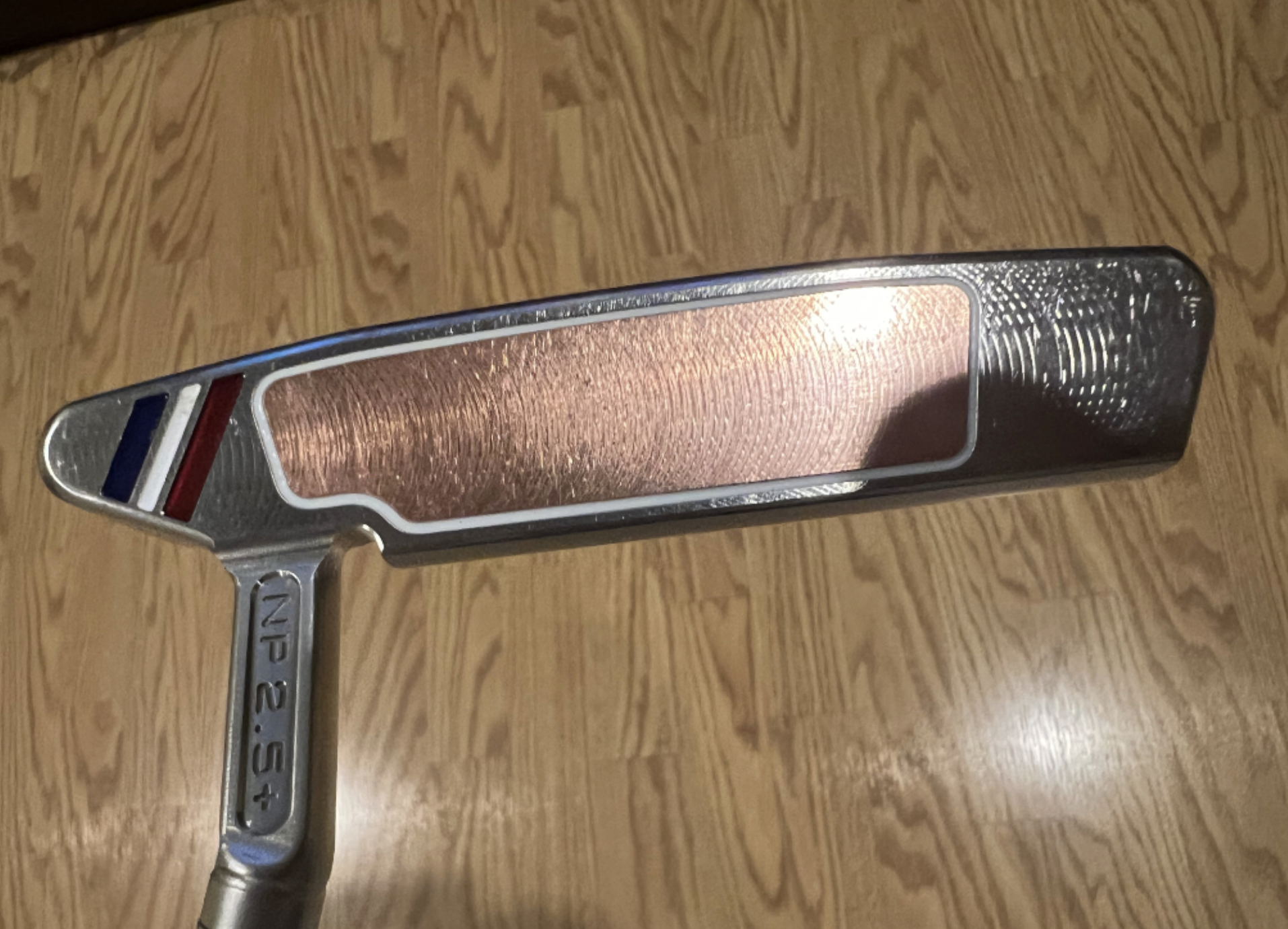
From the seller: (@wwcl): “Has been gamed as pics show. 33.5 includes original h/c and grip. $575 includes shipping and PP fees.”
To check out the full listing in our BST forum, head through the link: Scotty Cameron Champions Choice 2.5+ putter
This is the most impressive current listing from the GolfWRX BST, and if you are curious about the rules to participate in the BST Forum you can check them out here: GolfWRX BST Rules
- LIKE1
- LEGIT1
- WOW0
- LOL0
- IDHT0
- FLOP0
- OB0
- SHANK0
-

 19th Hole2 weeks ago
19th Hole2 weeks agoJustin Thomas on the equipment choice of Scottie Scheffler that he thinks is ‘weird’
-

 19th Hole2 weeks ago
19th Hole2 weeks ago‘Absolutely crazy’ – Major champ lays into Patrick Cantlay over his decision on final hole of RBC Heritage
-

 19th Hole3 weeks ago
19th Hole3 weeks agoTwo star names reportedly blanked Jon Rahm all week at the Masters
-

 19th Hole3 weeks ago
19th Hole3 weeks agoReport: LIV Golf identifies latest star name they hope to sign to breakaway tour
-

 19th Hole3 weeks ago
19th Hole3 weeks agoNeal Shipley presser ends in awkward fashion after reporter claims Tiger handed him note on 8th fairway
-

 19th Hole2 weeks ago
19th Hole2 weeks agoBrandel Chamblee has ‘no doubt’ who started the McIlroy/LIV rumor and why
-

 19th Hole1 week ago
19th Hole1 week agoLET pro gives detailed financial breakdown of first week on tour…and the net result may shock you
-

 Equipment2 weeks ago
Equipment2 weeks agoJason Day on his recent switch into Srixon ZX5 and ZX7 Mk II irons

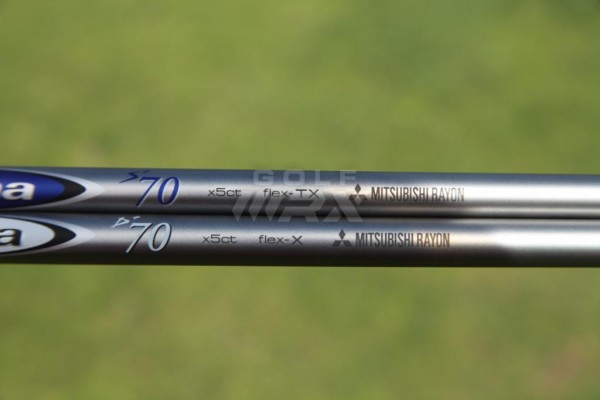








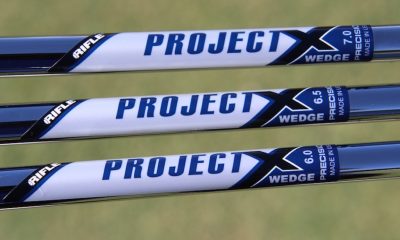

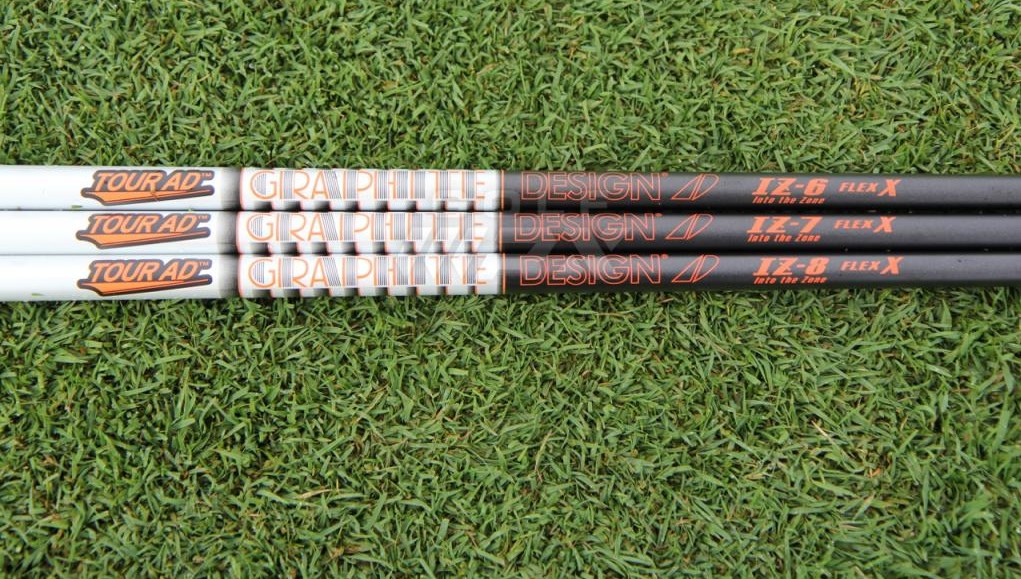
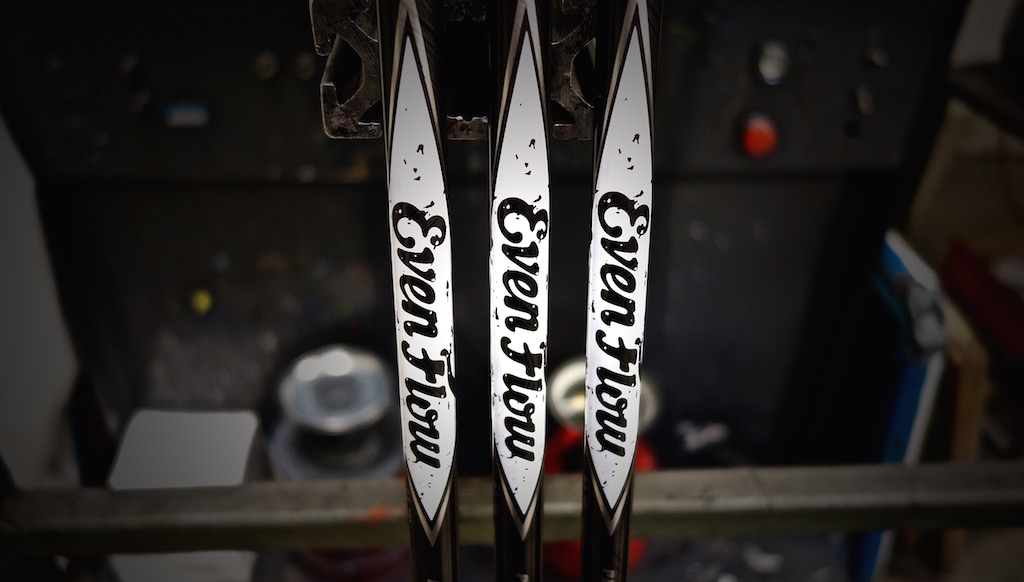















brett w
Nov 18, 2014 at 7:39 pm
Anyone know what the torque is going to be on the D+ White 70 TX?
DENNIS C. BURNS
Jul 1, 2014 at 12:35 pm
WHAT DOES (X5CT) ON THE SHAFT MEAN? DOES IT MAKE A DIFFERENCE AND WHY.
John Muir
Aug 13, 2014 at 7:53 am
Hi Dennis:
From their FAQ page:
The Mitsubishi Rayon logo is comprised of three diamonds. Diamond weight is measured in carats and there are 5 carats in one gram. Therefore these making signify the approximate shaft weight in carats. (e.g. 63 x5ct means 63 x 5 carats = 315 carats = 63 gram
John Muir
Mizunopure
Jun 28, 2014 at 2:22 am
I’ll take an O.G Blueboard for 90. Thank you!
billm311
Jun 26, 2014 at 9:05 am
I wish Mitsubishi would release lighter flexes in the heavier weights. My swing fits the whiteboard profile perfectly, but I usually can’t get maximum benefit from Diamana’s when it comes to weight v flex. Can I get a 60 Regular or 70 regular please?
Killing me.
Chuck
Jun 26, 2014 at 7:43 am
With all of the interest in heavier-weight shafts (including but not limited to Tiger Woods’ earlier move to a 103g Diamana), I sort of expected that if Mitsubishi was going to do anything new, that they would include such choices. Too bad that that appears not to be the case.
West
Jun 24, 2014 at 5:09 pm
The matte silver finish does look nice. But how do they stack up against the B and W series?
Joe Golfer
Jun 26, 2014 at 2:47 am
I like that chrome ion plated finish that is just coming out. Not sure which version of the Diamana shafts it is though.
If you read the FAQ’s (frequently asked questions) on the Mitsubishi Rayon website, it mentions that this particular finish has already been around in their Japanese market but hasn’t made it to America yet.
@West asked how this article’s shafts stack up against the B and W series.
I honestly can’t say, but the Mitsubishi Rayon website does discuss some of that stuff, so one can go there http://www.mitsubishirayongolf.com/product.php?cmd=thirddia&lang=en
and look up the info and hope you can decipher all their lingo.
Under the “products” section they list each of the types of shafts.
Once you get to the shaft, you can read their description of what makes them different, and they provide their specs as well as an EI chart, which is their shaft bend profile from butt to tip.
Hope that helps.
west
Jun 27, 2014 at 4:55 pm
Thanks for your help, but the site doesn’t actually list these products.
But after rereading, it looks like these 2nd gen shafts are really just counter balanced versions of the 1st gen shafts for the heavier, lower CG heads, and also with that MDI weave through out the shaft. Wonder how that will affect the “feel” of the shaft???
Pingback: Mitsubishi unveils 2015 Diamana shaft lineup | Spacetimeandi.com
JJ
Jun 23, 2014 at 5:52 pm
Ummmmm Delish!!!!
Steve Barry
Jun 23, 2014 at 5:28 pm
I like the throwback look to the OG Blueboards and Whiteboards.
Clemson Sucks
Jun 24, 2014 at 4:24 pm
+1